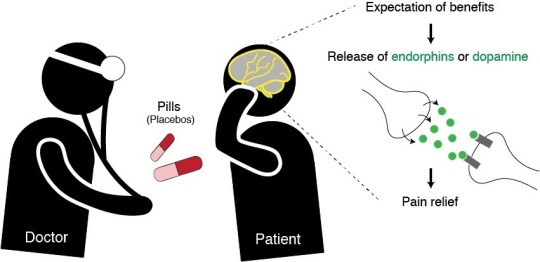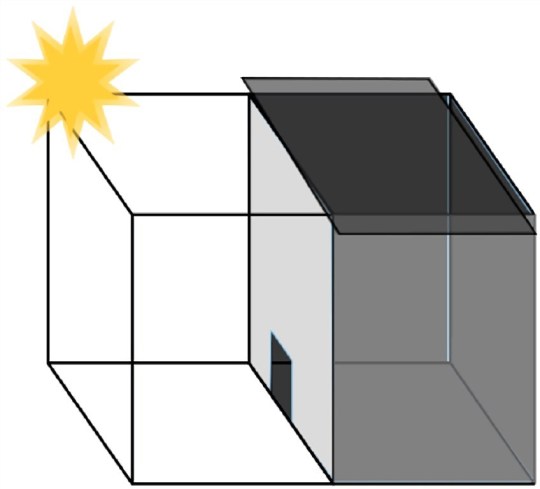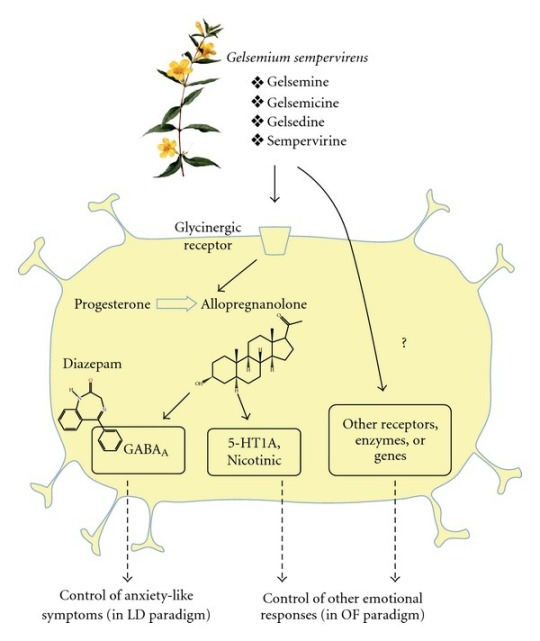Text
What is Homeopathic Medicine?
Homeopathic Medicine is a form of alternative medicine that first came to fruition in Germany over 200 years ago. It's basis is on two principles:
"Like cures like" - or the idea that substances that produce positive symptoms in healthy humans will produce similar symptoms in those with disease.
"Law of minimum dose" - or the idea that the lower the dose of a substance, the greater effectiveness it will have. Homeopathic medicine is often diluted (with this logic in mind.

Although homeopathic medicine is often seen as controversial since its efficacy beyond context cannot be proven (placebo effect anyone?), there may be potential in certain natural remedies to decrease symptoms such as anxiety and fear in rodents, and potentially humans.

Gelsemium sempervirens:
Gelsemium sempervirens may sound like Latin jargon for a Harry Potter magic potion, but in actuality it is a twining evergreen vine! According to Materia Medica, Gelsemium sempervirens can treat various symptoms associated with discomfort in new and unfamiliar situations, such as anxiety and fear. Not many studies have been conducted on this, and for this reason, Bellavite et al. decided to test this compound in comparison with conventional medicines such as diazepam in their study titled "Homeopathic Doses of Gelsemium sempervirens Improve the Behavior of Mice in Response to Novel Environments."

Overall Study Design:
For this study, 4-5 week old male mice were used and separated into different injection groups: centesimal dilutions of G. sempervirens, the reference drug diazepam, or a placebo solvent vehicle. G. sempervirens was supplied and prepared by Boiron Laboratories, a French homeopathic product company.
G. sempervirens and the control vehicle (placebo) were administered intraperitoneally everyday for 9 days at 9 a.m. The last two days of the 9 day period were designated for behavioral tests such as the Light Dark and Open Field Tests. During these 2 days mice still received treatment. Mice belonging to the benzodiazepine standard treatment group were similarly injected with the control solution for the 9 day period, and on testing days, the control solution was supplemented with diazepam, a conventional medicine prescribed for anxiety.
Diazepam
Diazepam is an oral medication often prescribed to treat anxiety, withdrawal symptoms associated with alcohol use, seizures, and muscle spasms. Diazepam is classified as a Benzodiazepine, which is classified as a depressant and sedative drug. What can be problematic about Benzodiazepines is that they have a potential of being addictive to vulnerable populations. Although the addictive nature behind benzodiazepines has not yet been elucidated, it is thought that this class of drug increases the firing rate of dopamine (DA) neurons of the ventral segmental area (VTA) through mechanisms positively modulating GABAa receptors in nearby interneurons. Addiction has been tied to increased DA and affects the mesolimbic reward pathway. A study by Tan et al. discovered that Benzodiazepines share similar characteristics to addictive substances through cell-type specific expression of alpha1-containing GABAaRs located within the VTA.

Additional side effects of diazepam in particular include paranoia, suicidal thoughts, impaired memory, coordination, judgement calls, and breathing issues. For patients with anxiety, some may have a higher risk of suicidal ideation, and for this reason, it is important to consider what medications are given and what side effects may be especially harmful.
For this reason, it may be beneficial to research into less addictive substances as a treatment method for anxiety disorders. In comparison to benzodiazepines such as diazepam, homeopathic medicine, derived from natural plants, vines, and herbs might be a novel treatment option for those with a family history of addiction.
Results - LD Choice

LD Test: The LD test, or Light Dark Test, is a behavioral assessment conducted based on the rodent's natural aversion to bright light. Typically, control mice will scurry away from lighted areas into the dark portion of the test box. Mice displaying anxiolytic behavior on the other hand, will show higher time spent in the lighted area and in the transitional area located between the light and dark compartments.

This study found that the mean time spent by the control group (placebo-treated) animals in the illuminated area was 15.98%. they found that for mice treated with G. sempervirens it was 18.11% (non-significant). Diazepam instead significantly increased the mean time spent in the illuminated compartment to 19.91% (P = .047) (Bellavite et al. 2011). In regards to transition numbers between light and dark compartments, the study found that there was very small increase in the G sempervirens administered group, while there was a significant rise in the diazepam treated group from a mean of 6.19 (control) to 9.64 (Bellavite et al. 2011).
Results - OF Exploration

OF Exploration: The OF test, otherwise known as the Open Field Test, is a behavioral assessment in which you place a mouse into an unfamiliar environment to observe different aspects of behavior such as exploratory and emotional behavior. The percentage of time spent in the central zone of the Open Field can be associated with exploratory behavior and lower anxiety levels. The tendency to stay on the edges of the field is called thigmotaxis, and is often considered an indicator of highly emotional behavior.


This study found that the placebo-treated control animal group spent 6.34% of the time in the center of the OF arena, while the G. sempervirens treated group spent an increased amount of time in the central zone of the Open Field: 7.86% (P = .009) (Bellavite et al. 2011). The action of diazepam in this test was found to be completely ineffective. The study additionally found that there was a positive effect of G sempervirens treatment on distance travelled in the central zone by the mice. The mean increased from 589.9 to 738.9 cm (P = .003) (Bellavite et al. 2011).

Hypothetical Mechanism of G. sempervirens

So how does G. sempervirens actually work from a neurological level? A previous study conducted by Venard et al. in 2007 found that G. sempervirens principal component Gelsemine enhances allopregnanolone neurosteroid enzymatic synthesis. Allopregnanolone, produced by progesterone, is an active stimulator of GABAa, 5HT, and nicotinic Ach receptors, and therefore has an inhibitory effect on the central nervous system, reducing the impulse generation in postsynaptic neurons. By refining inhibitory transmission through the glycinergic system and allopregnanolone synthesis, G. sempervirens may help the nervous system adapt to adverse and unfamiliar situations (Venard et al. 2008).
Applications to Medicine

The Bellavite et al. study ultimately investigated the effects of Gelsemium sempervirens, a homeopathic remedy derived from evergreen vine, on certain behavior of mice, using two models that allow the expression of various “symptoms” of emotional responses, influenced by emotional states of fear, curiosity or anxiety. This was a very interesting study and allowed for a comprehensive profile of behavior in response to adverse or unfamiliar environments and stimuli which can cause anxiety and fear responses.

This study shows that despite the controversy and skepticism of homeopathic medicine, doses of G. sempervirens can positively influence the emotional responses of mice to new environments, promoting exploratory behavior and suggesting a decrease in thigmotaxis. (Bellavite et al. 2011). It may be an effective treatment option for treating anxiety, and may have less harmful side effects compared to typical medication prescribed!
0 notes